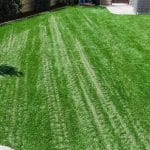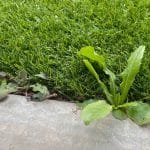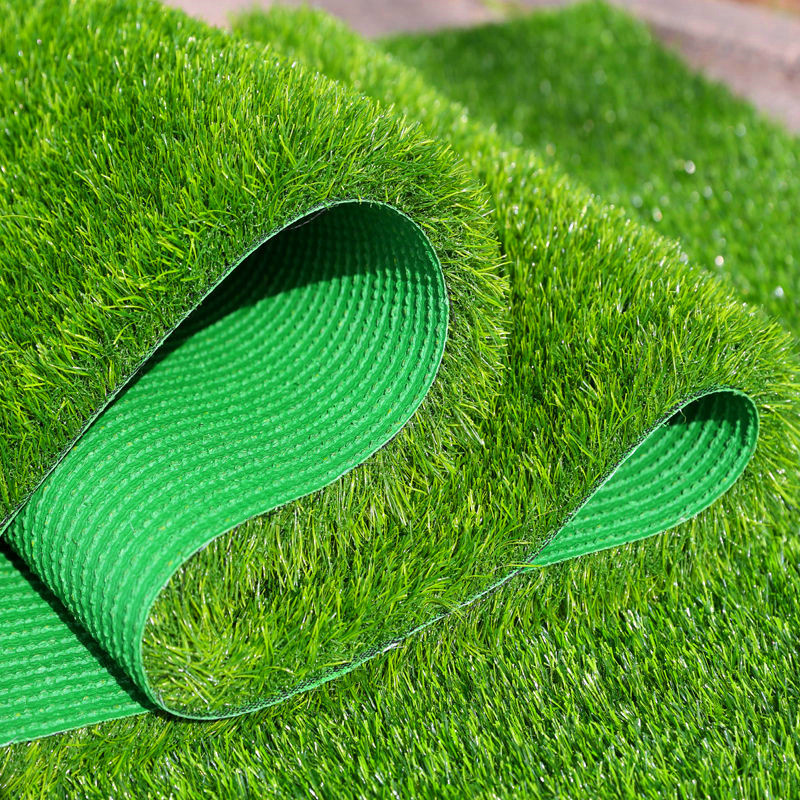
Artificial grass provides a versatile and aesthetically pleasing alternative to natural turf, even on concrete surfaces. However, ensuring proper drainage is crucial to maintain the longevity and functionality of the artificial grass installation. In this guide, we’ll explore key considerations and strategies for efficient drainage on concrete.
*1. **Perforated Base and Sub-base:***
– To facilitate drainage, start by creating a perforated base and sub-base. This involves the installation of a layer of crushed stone or aggregate that allows water to pass through, preventing water accumulation beneath the artificial grass.
*2. **Use of Drainage Tiles:***
– Consider incorporating drainage tiles into the sub-base. These tiles are designed with perforations to enhance water drainage and can be placed strategically to promote efficient runoff.
*3. **Installing a Drainage System:***
– In cases where significant water runoff is anticipated, installing a drainage system may be beneficial. This can involve the placement of drainage pipes or channels beneath the artificial grass to redirect water away from the surface.
*4. **Slope and Grading:***
– Ensure that the concrete surface has a slight slope to encourage water runoff. Proper grading directs water away from the center, preventing pooling and promoting efficient drainage.
*5. **Porous Infill Material:***
– Choose a porous infill material for the artificial grass. This can include materials such as silica sand or rubber granules. Porous infill allows water to permeate through, reducing surface runoff and aiding in drainage.
*6. **Drainage Holes in the Artificial Grass Backing:***
– Opt for artificial grass with a perforated backing that features drainage holes. These holes allow water to pass through the grass layer and reach the underlying drainage system, preventing water from accumulating on the surface.
*7. **Regular Maintenance:***
– Implement a regular maintenance routine to keep the drainage system and artificial grass in optimal condition. Clear any debris, such as leaves or dirt, that may obstruct drainage paths and compromise the efficiency of the system.
*8. **Hydrochassis Technology:***
– Some advanced artificial grass products feature Hydrochassis technology, which enhances drainage capabilities. This technology allows water to flow easily through the grass blades, promoting quick and efficient drainage.
*9. **Professional Installation:***
– Consider professional installation for artificial grass on concrete surfaces, especially if a sophisticated drainage system is required. Professionals can ensure that the installation meets industry standards for drainage and longevity.
*10. **Testing Drainage Performance:***
– After installation, conduct a drainage test to assess the system’s effectiveness. This may involve simulating rainfall or watering the artificial grass to observe how quickly water is drained away.
In conclusion, ensuring efficient drainage for artificial grass on concrete surfaces is essential for maintaining a healthy and long-lasting installation. By implementing proper drainage strategies, selecting the right materials, and considering advanced technologies, you can transform concrete areas into vibrant and functional spaces with the beauty of artificial grass.









